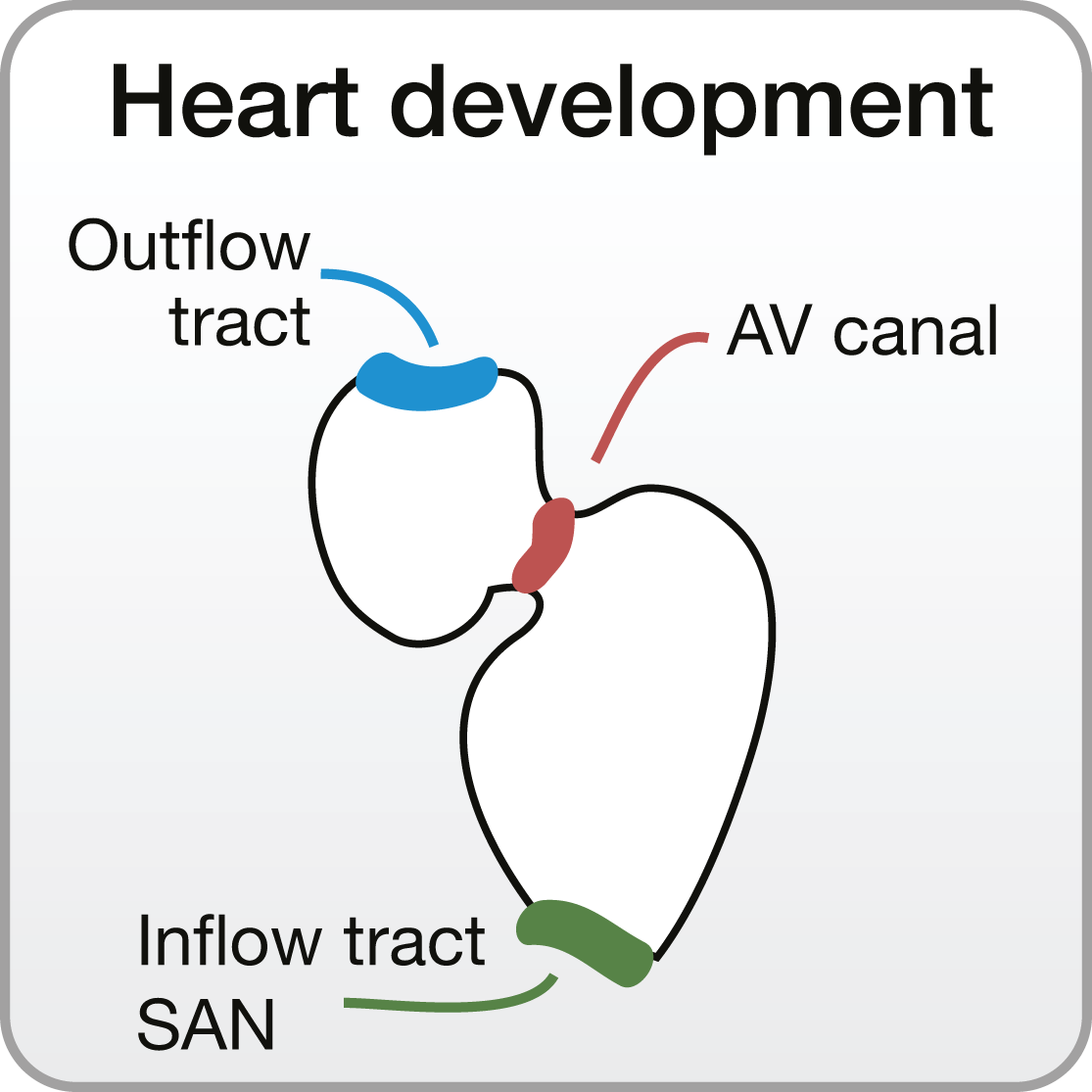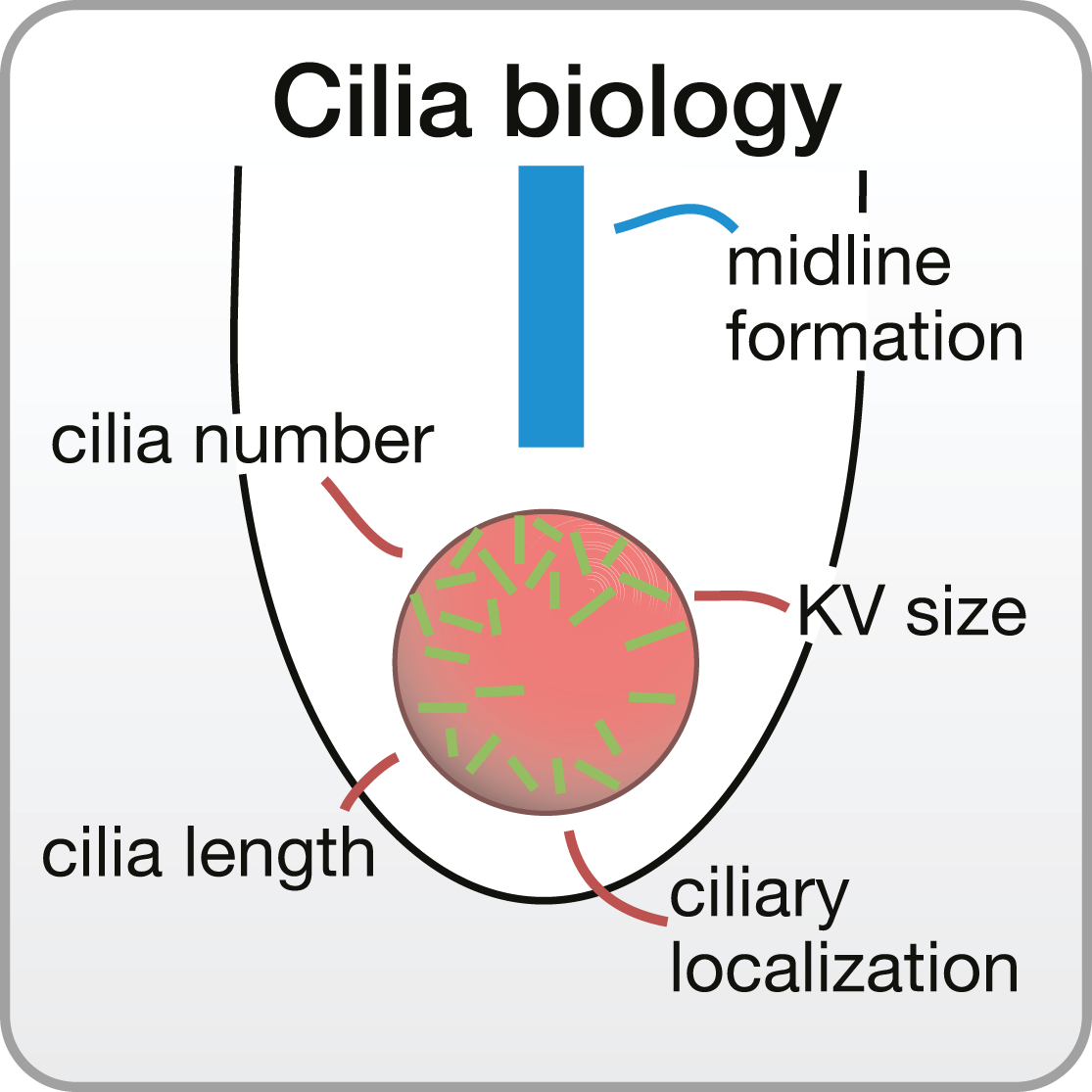Selected recent publications
- Kinase Activity Is Not Required for G Protein-Coupled Receptor Kinase 4 Restraining mTOR Signaling during Cilia and Kidney Development.
Gerhards J, Maerz LD, Matthees ESF, Donow C, Moepps B, Premont RT, Burkhalter MD, Hoffmann C, Philipp M. J Am Soc Nephrol. 2023 Apr 1;34(4):590-606. doi: 10.1681/ASN.0000000000000082. Epub 2023 Jan 26. PMID: 36810260 - Aging Associates with Cilium Elongation and Dysfunction in Kidney and Pancreas.
Adametz F, Müller A, Stilgenbauer S, Burkhalter MD, Philipp M. Adv Biol (Weinh). 2023 Aug 3:e2300194. doi: 10.1002/adbi.202300194. Online ahead of print. PMID: 37537358 - Dutto I*, Gerhards J*, Herrera A, Souckova O, Škopová V, Smak J, Junza A, Yanes O, Boeckx C Prof, Burkhalter MD, Zikánová M, Pons S, Philipp M, Lüders J, Stracker TH. Pathway specific effects of ADSL deficiency on neurodevelopment. Elife. 2022. doi: 10.7554/eLife.70518. * equal contribution
- Duong Phu M, Bross S, Burkhalter MD, Philipp M (2021) Limitations and opportunities in the pharmacotherapy of ciliopathies. Pharmacology & Therapeutics. 225:10784
- Scheffold A, Baig AH, Chen Z, von Löhneysen SE, Becker F, Morita Y, Avila AI, Groth M, Lechel A, Schmid F, Kraus JM, Kestler HA, Stilgenbauer S, Philipp M, Burkhalter MD (2020) Elevated Hedgehog activity contributes to attenuated DNA damage responses in aged hematopoietic cells.
Leukemia. 34(4):1125-1134. - Buchert R*, Burkhalter MD*, Huridou C, Sofan L, Roser T, Cremer K, Alvi JR, Efthymiou S, Froukh T, Gulieva S, Guliyeva U, Hamdallah M, Holder-Espinasse M, Kaiyrzhanov R, Klingler D, Koko M, Matthies L, Park J, Sturm M, Velic A, Spranger S, Sultan T, Engels H, Lerche H, Houlden H, Pagnamenta AT, Borggraefe I, Weber Y, Bonnen PE, Maroofian R, Riess O, Weber JJ, Philipp M#, Haack TB# (2025) Bi-allelic KICS2 mutations impair KICSTOR complex-mediated mTORC1 regulation, causing intellectual disability and epilepsy. Am J Hum Genet. 112(2):374-393. doi: 10.1016/j.ajhg.2024.12.019. Epub 2025 Jan 16. PMID: 39824192. *co-first, #co-last
- Burkhalter MD, Stiff T, Maerz LD, Casar Tena T, Wiese H, Gerhards J, Sailer SA, Vu LAT, Duong Phu M, Donow C, Alupei M, Iben S, Groth M, Wiese S, Church JA, Jeggo PA, Philipp M (2024) Cilia defects upon loss of WDR4 are linked to proteasomal hyperactivity and ubiquitin shortage. Cell Death Dis. 15(9):660. doi: 10.1038/s41419-024-07042-5. PMID: 39251572
- Burkhalter MD, Philipp M (2024) Fin clipping does not increase opercular beat rate in tricaine-treated zebrafish. Lab Anim. 58(6):616-620. doi: 10.1177/00236772241252551. Epub 2024 Aug 19. PMID: 39157987














